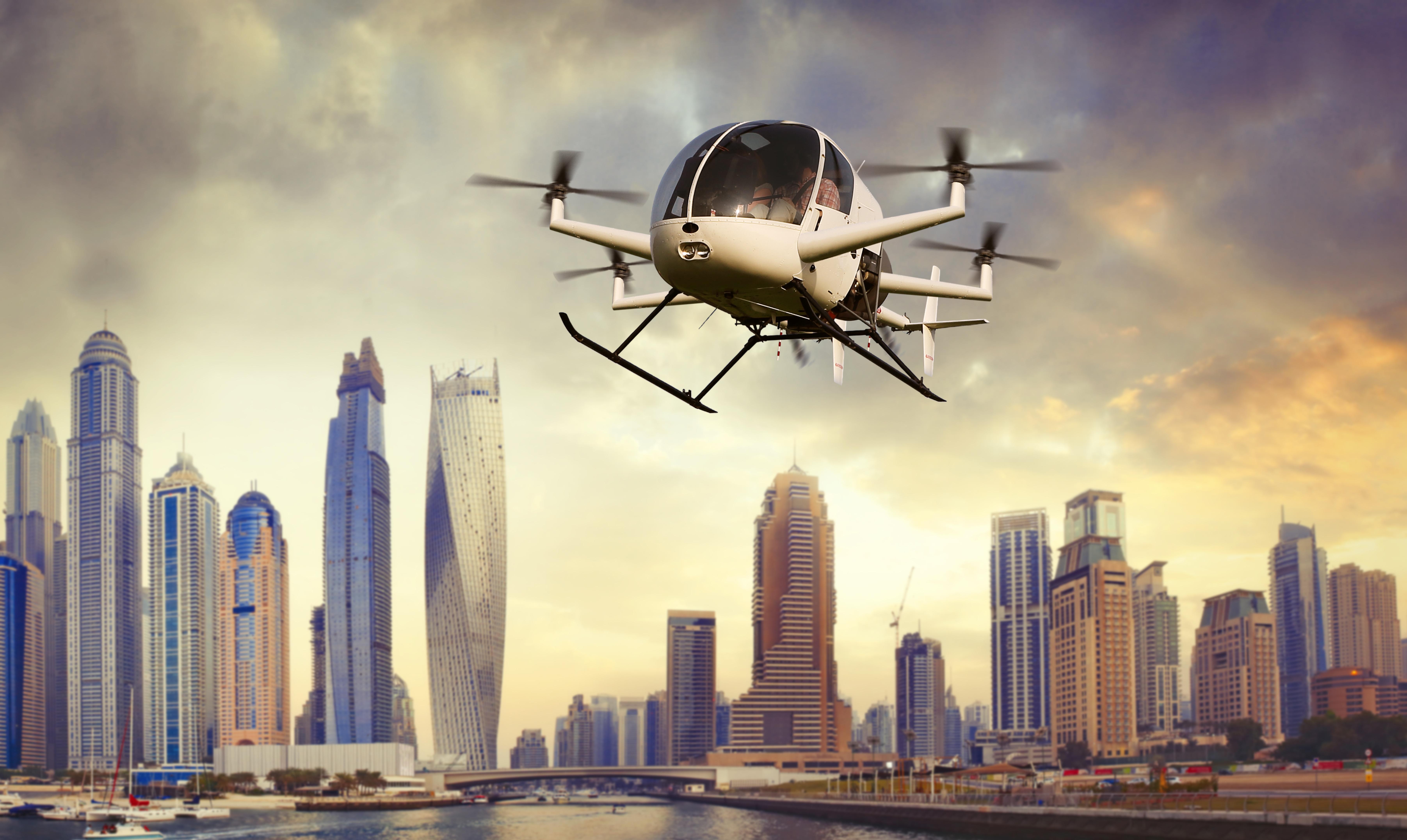Cool Heads In A Hot Market

Henkel's global head of strategy, Ruairi O'Kane, talks to Aviation Week about the technical and financial challenges facing the nascent urban air mobility (UAM) sector.
1. How are the reliability and efficiency requirements of UAM components likely to differ from those of similar components used in electric ground vehicles?
Reliability is a huge factor in any UAM operational business model, both in terms of public perception and adoption of the sector for passenger transport and logistics. Every accident involving autonomous cars erodes consumer confidence, and the UAM market would suffer even more were the same to occur.
While UAM vehicles are conceptually closer to electric vehicles than a commercial jet in consumers' eyes, the certification and quality control in both the vehicle and operation are closer to the more rigorous standards of commercial aviation.
Within the UAM ecosystem, each participant has an important role to play in convincing the public of the reliability of the aircraft using data acquired from operation of their materials, components or systems in comparable applications in adjacent sectors. A collaborative, transparent approach will ensure an evidence- and data-based assessment of reliability which supports the mass adoption of future mobility vehicles.
The race is on for who can launch the first vehicle that meets all the certification, safety and reliability standards, with the expectation that technology will develop in parallel to meet the efficiency and range ambitions for a more commercially viable sector in the coming years.
2. How are power requirements likely to change as the UAM market grows and what challenges will this pose for battery-associated materials and technologies?
Certainly, battery technology and power requirements are significant limiting factors for UAM and electrical propulsion across various aviation sectors.
Current lithium-ion battery energy densities are in the 200-300 Wh/Kg range, but battery technologies in development are reported with densities beyond 450 Wh/Kg, which will enable greater options for designers and engineers to increase the range and speed of UAM vehicles.
One must also consider the overall reliability – and thermal management in particular – of fully electric or hybrid electric aircraft. The ultimate target is to improve charging efficiency, reliability, and safety of all components, for which cooling systems and thermal interface materials will make a vital contribution.
3. Who is most likely to finance innovation in UAM technology and what advantages does corporate venture capital have over more generalist investors?
It's clear that corporate venture capital is going to be a major contributor to the overall success of UAM, especially for passenger segments.
Over the last few years Henkel Tech Ventures, the corporate venture capital arm of our Adhesive Technologies division, has invested in several technology start-ups that we believe present viable solutions for future UAM vehicle designs. We are always looking for opportunities to partner, collaborate and invest in exciting companies offering sustainable technologies that have an impact on solving current and future global environmental and social challenges.
Learn more about our technologies for the UAM market here.




